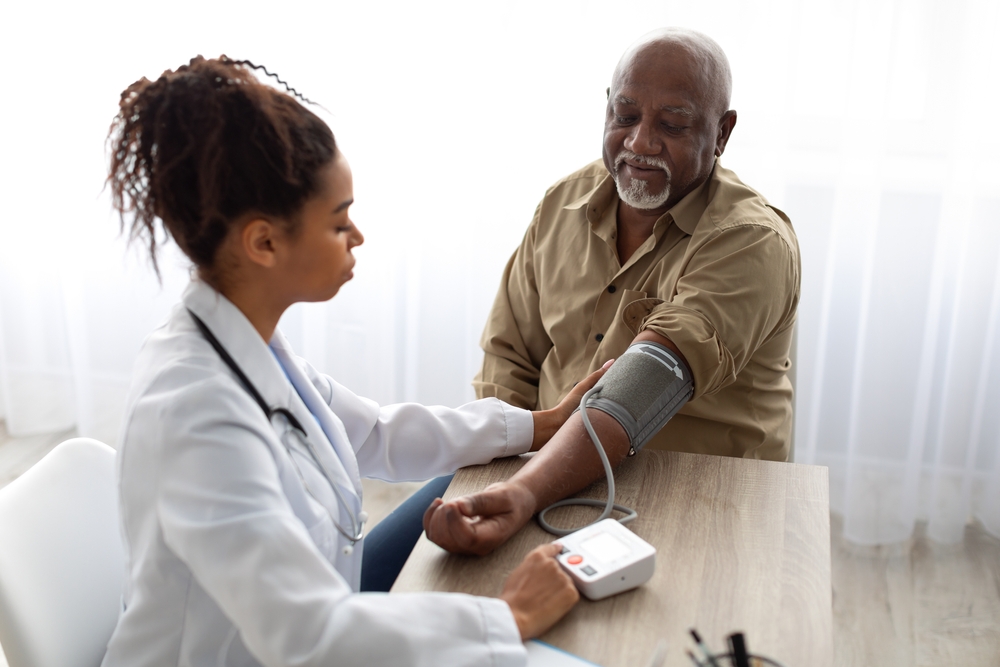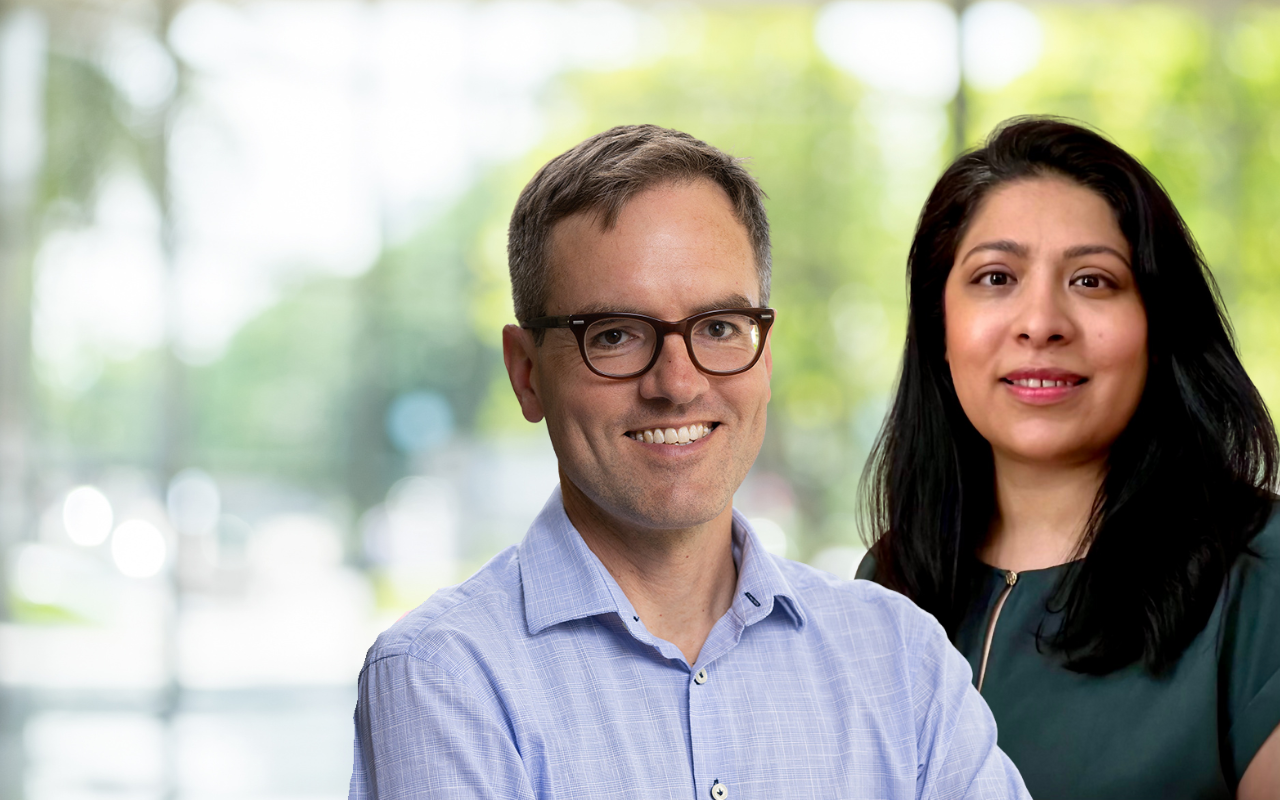Better communication is needed between cancer specialists and GPs about a patient’s cardiac toxicity and other effects of cancer treatment, including the potential impact of treatment on a patient’s cardiovascular risk.
Cancer and cardiovascular disease (CVD) are Australia’s two leading causes of death, and people with cancer have a higher risk of developing CVD than those without cancer. Complicating this situation is the fact that many cancer therapies have the potential to cause serious short or long term CVD. Our recent study found more than one million Australians have been treated with at least one potentially cardiotoxic cancer medicine over the past two decades. As many of these treatments are for breast cancer, women comprised a larger proportion of the exposed population.
The development of more efficacious cancer medicines has led to greater survivorship, which also means that the number of people surviving cancer each year who have been exposed to these medicines is increasing steadily. In our study, people exposed to potentially cardiotoxic cancer medicines between 2005 and 2021 were alive for a median of four years (range, 1–17 years). As survival outcomes have improved (here and here) and new cancer medicines have continually come to market over the past 20 years, awareness and understanding of the cardiac complications associated with many essential systemic cancer therapies have grown (here and here).

Cardio-oncology in Australia
Recognition of these issues has prompted calls for new cardio-oncology models of care. We are starting to see innovative cardio-oncology clinics being implemented in Australia, such as the Newcastle Centre of Excellence in Cardio-Oncology program at Calvary Mater Newcastle Hospital, that comprise cardiologist-, cardiac fellow- and cardiac nurse-led clinics conducted alongside medical oncology clinics. These services provide early detection, risk stratification, and management of pre-existing or de novo cardiovascular risk factors alongside education, lifestyle and pharmacological interventions. For people outside of quaternary and tertiary centres, cardio-oncology care remains elusive, which may contribute to the worse health outcomes experienced by people living in rural, regional and remote Australia (here and here). A national survey conducted in 2021 found only 30% of respondents (cancer specialists and cardiologists in Australia) had dedicated cardio-oncology services at their centre.
Although oncologists and haematologists evaluate a person’s baseline cardiac risk factors and history before commencing cancer treatment, they may find it challenging to translate treatment recommendations from the most recently published international guidelines to longer term, routine care. For example, the use of formal cardiovascular risk calculators is more commonplace in cardiology than in oncology settings. Moreover, the clinical assessments detailed in the guidelines are reliant on cardiac services, which may not be accessible or timely, especially in rural areas. The creation of local health pathways as well as clarification and agreement on practitioner roles are steps still required, as cardiovascular outcomes may not be evident until years following primary cancer treatment when the patient is no longer under the care of an oncologist.
Improving communications between cardio-oncology and primary care
Health professionals encountering CVD in their patients may be more likely to be general practitioners (GPs) or another non-cancer specialist, who may not be familiar with the details of past cancer treatments or their potential effects on the cardiovascular system (here and here). The latter is not surprising, given the rapid rate of development of new cancer drugs and therapies, the large number of cancer subtypes, and the relative rarity of each subtype of cancer outside of specialist cancer services. For instance, a typical GP will have only four new patients diagnosed with a potentially fatal cancer (across all subtypes) each year (here). Traditional educational activities or clinical practice guidelines may not be effective given that health providers may prefer to prioritise their limited continuous professional development time to problems and conditions they encounter more commonly. More promising strategies may include electronic aids for real-time decision making, as well as improved communication and integration of primary care with specialist cancer services, including new models of survivorship care (here). For example, in their regular correspondence, cancer specialists could inform GPs about cardiac toxicity and other effects of cancer treatment for a particular patient, including their potential impact on cardiovascular risk, as well as monitoring and referral advice.
Scope of the issue
In our study, we examined a broad range of cancer medicines, many of which are known to carry small risks for CVD. However, if only a small proportion of the over one million people alive and exposed to these medicines experienced a cardiovascular complication during their treatment or survivorship, that represents a serious public health concern. It is an issue that affects a variety of stakeholders, including primary and specialist carers, health services planners, and particularly patients. Australia is an ageing society and the largest generation in its history (the “baby boomer” generation) has entered the age groups at highest risk for developing both cancer and CVD. Recent guidelines published by the European Society of Cardiology are an important foundation, and cardio-oncology guidelines for primary carers and other health care providers would help raise awareness of these issues. However, the scale of problem may warrant more comprehensive education initiatives for health care professionals and patients.
There has never been a time when more effective cancer medicines were available, and more continue to come to market each year. Thanks to these and other treatment advances, people with cancer are living longer than ever. Cardio-oncology is increasingly relevant in clinical practice. In the near future, we hope to see the introduction of point-of-care decision aids, care pathways and scalable and accessible cardio-oncology services, and the government support and resources necessary to implement sustainable and effective cardio-oncology care in Australia.
Benjamin Daniels is a Senior Research Fellow at the Medicines Intelligence Research Program at the School of Population Health at UNSW Sydney.
Dr Maria Aslam is a Staff Specialist at Cancer Services in the Hunter New England Local Health District.
Associate Professor Joel Rhee is an academic GP at the School of Population Health, UNSW Sydney.
Dr Marina T van Leeuwen is an Adjunct Lecturer at the Centre for Big Data Research in Health, UNSW Sydney.
Lee Hunt is an executive committee member at the Cancer Voices New South Wales.
Dr Monica Tang is a medical oncologist and staff specialist in cancer survivorship at the Nelune Comprehensive Cancer Centre, Prince of Wales Hospital.
Sallie-Anne Pearson is a Professor at the Medicines Intelligence Research Program, School of Population Health, UNSW Sydney.
Claire M Vajdic is a Professor at the Kirby Institute, UNSW Sydney.
The statements or opinions expressed in this article reflect the views of the authors and do not necessarily represent the official policy of the AMA, the MJA or InSight+ unless so stated.
Subscribe to the free InSight+ weekly newsletter here. It is available to all readers, not just registered medical practitioners.
If you would like to submit an article for consideration, send a Word version to mjainsight-editor@ampco.com.au.

 more_vert
more_vert
Thank you for this timely article. Sadly no responses or opinions. I’m medical oncology, you have to look out for risks and be proactive. Low CVS risk early 60s woman commenced by endocrinologist on lenvatinib. No TTEcho or Baseline MUGA. Within 2 mths admitted with STEMI Cardiologist from cardio-onc clinic still working today. I have gone for 50% cabozantinib, fingers crossed.
Next example osteosarcoma prox tibia, curative intent anthracycline 6 cycles. Baseline echo normal left. After 6 cycles and surgery lvef <25%. Now, with cardiologist onco clinic improved lvef to 30-35%. Asymptomatic at rest now, NYHA2. Sneed regorafenib. We cross fingers.
2 cases of healthy patients. 2 cases of cardiac toxicity. And in 19yo it is pure devastating problem. Our drugs can cause major issues with morbidity and mortality.
If you have no friendly cardiologist with interest in Oncology, ask the oncologist, who we use. Regular reviews are needed, incl good history, exam, labs, and echos.